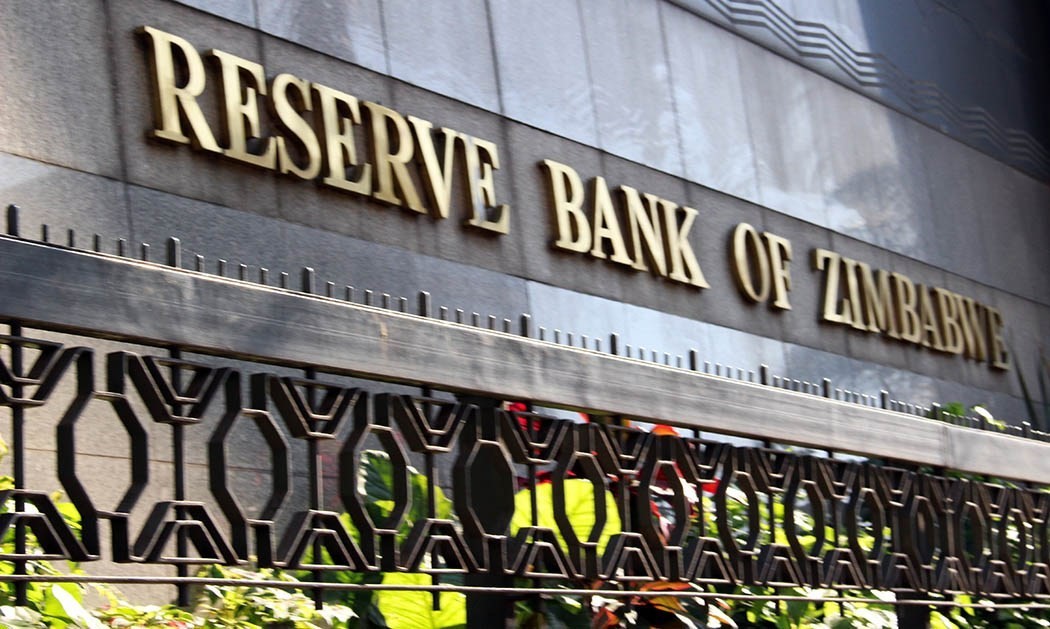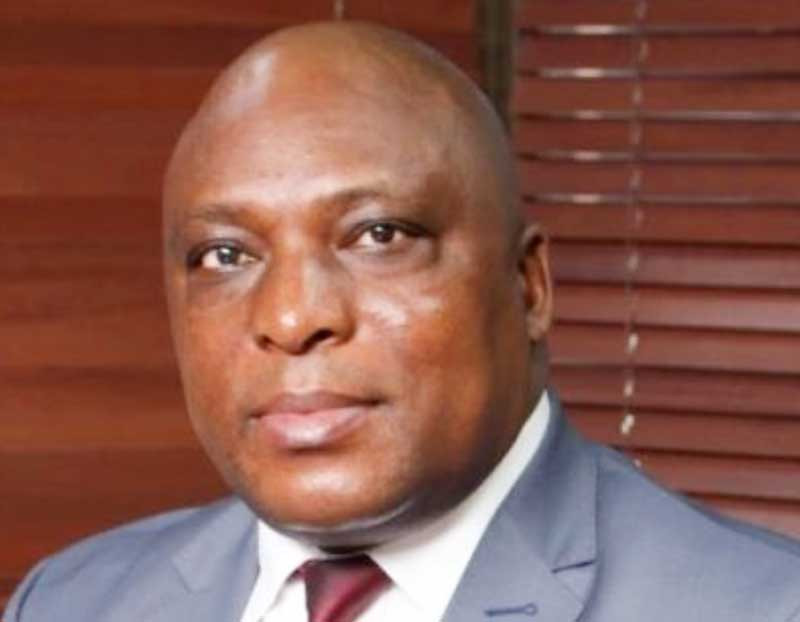
BY TATIRA ZWINOIRA
A TOP American market research firm, Fitch Solutions, says Zimbabwe poses the highest economic risks in southern Africa, in yet another vote of no confidence in President Emmerson Mnangagwa’s ease of doing business reforms.
Zimbabwe is on the throes of a deepening economic crisis characterised by currency volatility, policy inconsistency, plummeting foreign direct investment and rising inflation.
In its December 2021 Southern Africa Outlook, Zimbabwe scored the lowest on the economic stability index in the region both in the long and short term.
The country risk index by the think tank scores countries on a scale of 0-100 in which a higher score equals to lower risk.
On the short term economic risk index Zimbabwe scored lowest with a paltry score of 27,7 and is far below the regional average of 43,2. Botswana scored the highest on this index with 57,9.
Zimbabwe also anchored the long term economic stability index, scoring just 20 against a regional average of 42,2.
South Africa scored the highest on this index with 55,2.
- Chamisa under fire over US$120K donation
- Mavhunga puts DeMbare into Chibuku quarterfinals
- Pension funds bet on Cabora Bassa oilfields
- Councils defy govt fire tender directive
Keep Reading
Fitch Solutions’ rankings came a few days after the United Nations Conference on Trade and Development (UNCTAD) ranked Zimbabwe bottom on the Trade Openness index.
The American think tank also warned that covering short-term financing is likely to remain challenging next year for the Zimbabwe government given limited foreign investment inflows.
Next year, the Treasury needs to cover its budget deficit of $76,49 billion (US$704 million) as expenditures are expected to reach $927,26 billion (US$8,53 billion) against revenues of $850,77 billion (US$7,82 billion).
However, with the rate at which the Zimbabwe dollar is depreciating the budget is going to be seriously eroded leaving the government grossly incapacitated to fund critical parts of the 2022 national budget.
“Covering short-term external financing needs is likely to remain challenging given limited foreign investment flows.
“We expect a modest rise in foreign direct investment (FDI) in 2021 with a focus on the mining sector,” Fitch Solutions said in its outlook report
“However, this comes after a 62,4% drop in FDI in 2019 to US$4280 million and a further 30,7% decline to US$194 million in 2020, according to data from the UN Conference on Trade and Development.”
Last week, the parliamentary portfolio committee on budget and finance revealed that pre-budget ministerial submissions were way higher than what Treasury allocated to them in the 2022 national budget confirming the stipulated budget is already underfunded.
Further, the committee warned that inflation caused by the depreciating local unit would erode what Treasury had already allocated to the different ministries considering it takes a long time to distribute budget funds.
According to the United States State Department 2021 Investment Climate Report on Zimbabwe, the major challenges in attracting FDI are human rights abuses, public debt, corruption, currency distortions, lack of firm property rights, repatriation of funds outside Zimbabwe, and policy inconsistency.
Another challenge is the Covid-19 pandemic that limits the travel of government officials to go out and seek fresh investment.
As a result , the annual 2021 Africa Investment Forum held by the African Development Bank was cancelled due to fears over the new Covid-19 variant, Omnicron, an event where billions of dollars were up for grabs.
Macroeconomic imbalances have also made it difficult for potential investors to plan in the southern African state.
Such imbalances include water and electricity shortages, high taxes through foreign currency retention thresholds, cumbersome bureaucratic processes, and local currency depreciation leading to high inflation.
“We expect macroeconomic imbalances and lack of policy predictability to continue to act as a constraint on FDI outside the mining sector over the coming quarters,” Fitch Solutions said.
The need for external financing comes as programmes and projects found in the National Development Strategy 1 will require US$8 063 788 836 next year, nearly double the US$4 130 358 599 required for 2021.










